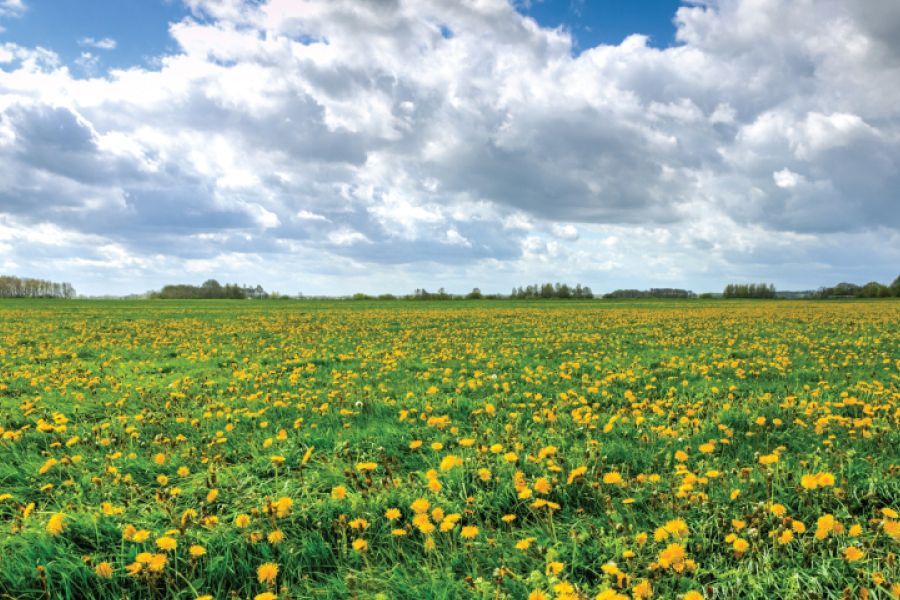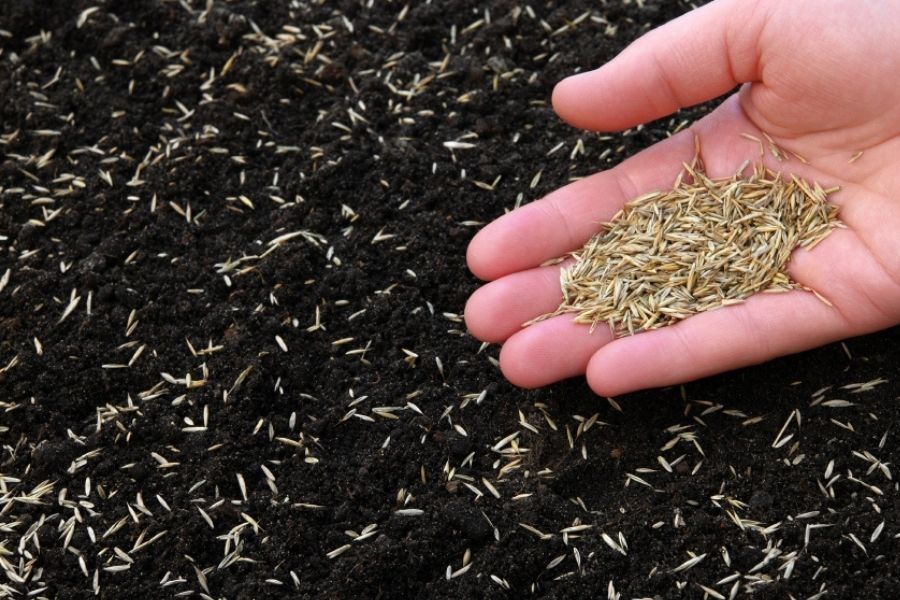Flowering weeds: What’s to love?
While I do admire a lovely (small) manicured lawn, it’s never been something I’ve aspired to. So, when the weeds showed up, I let my neighbor know that I would not be using chemicals. I wouldn’t say he was pleased but we don’t argue about it.
I love pollinators. Even though I had an allergic reaction to ground bees I was wholly unprepared for! PS don’t wait till your hand doubles in size to see the doctor!
Without those pollinators the availability and variety of fresh produce declines along with fruits and nuts. Allowing some weeds to grow in our lawns helps pollinators help humans. What we do, big things or small things, has an impact.
The nectar and pollen that some common weeds offer our pollinators is worth any less-than-pristine lawn. A list of “weeds” includes:
- Viola (Viola sororia) is native to North America and is a host plant for at least 30 species of fritillary butterfly larvae and provides early nectar for bees and other pollinators. The flowers are also edible for humans, high in vitamins A and C, they’re great in salads or even cooked like spinach. Growing to just 4 inches tall, there’s no reason to mow them down. They bloom in spring and can also bloom again in fall. They thrive in part sun to part shade. They propagate by seed.
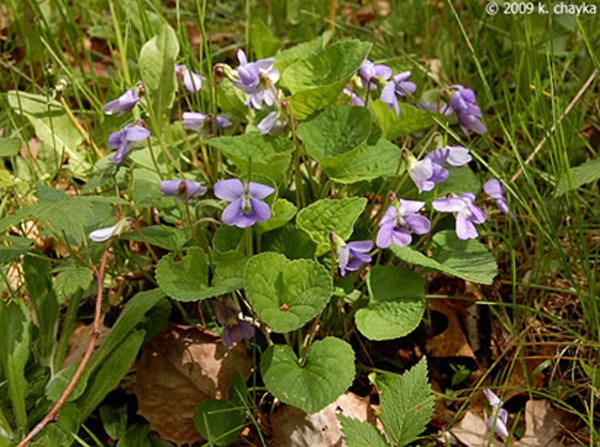

- Dandelion is a non-native perennial whose reputation is conflicted. While an early bloomer and attractive to bees, its non-native status gives pause to purists. Bees do eat the nectar and many academics are standing with the lowly dandelion. Dandelion roots, leaves, buds and flowers are all edible for humans, but skip the stem. From salads to coffee to wine, they offer flavor and plenty of nutritional value as well. Pluck those flowers and leaves, then mow them down before they turn into puff balls. This won’t kill them, but they look unsightly at this stage. From May to June, they bloom prolifically but taper of significantly in summer.
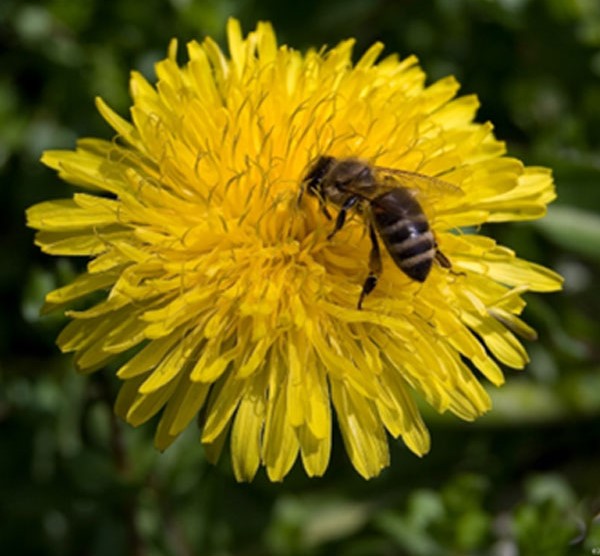

- Blooming from late spring to fall, Fleabane is a native annual throughout most of the country. As a native it’s especially important for our pollinators. A host plant for the Lynx Flower Moth, its nectar attracts a variety of bees and small butterflies. The small daisy-like flowers are white with a yellow center. They are capable of self-fertilizing.
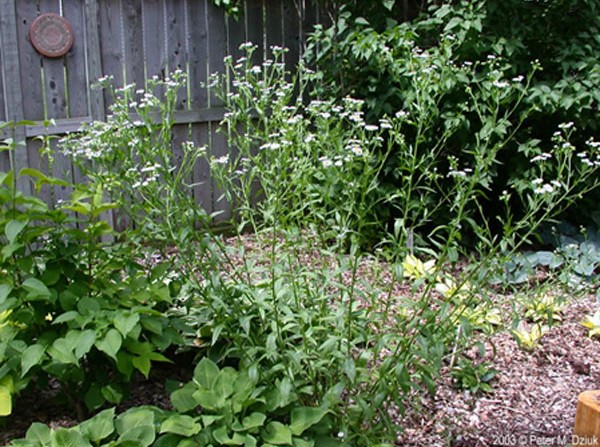

Garden grown Fleabane
- White Clover (Trifolium repens) is one of my favorite “weeds”. A non-native perennial, it has naturalized throughout the US. Bees love it, it helps to fix nitrogen in your soil and all above ground parts of the plant are edible to people too! White clover blooms from late spring into fall. It’s often planted in pastures.
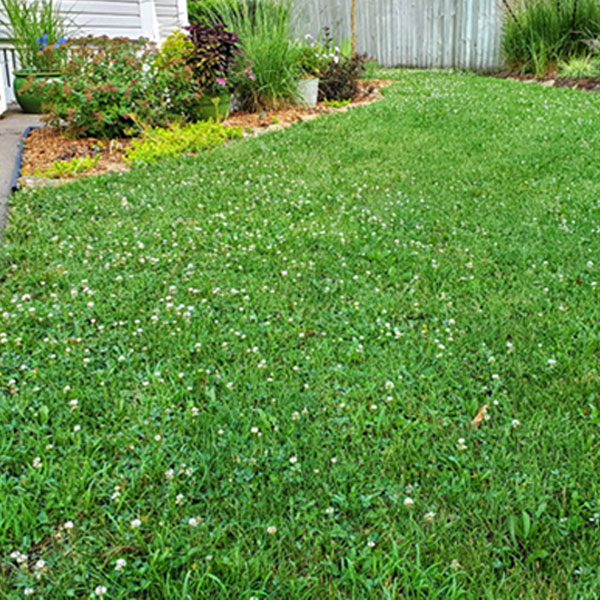

Clover Lawn
What is NOT encouraged with the same enthusiasm it has previously enjoyed is No Mow May. It is now being reimagined as Less Mow May. Something I have been doing for some time. Leaving your lawn to grow an entire month and then trying to mow it is more harmful to your lawn (ripping the grass blades) and not nearly as helpful as people thought as most of the weeds in our lawns are low growing anyway. It’s also healthier for grass blades and their root system as the blades are essential to get energy to the roots.
If you’re interested in giving pollinators more opportunities, then keep your lawn at 3 to 4 inches and only mow down 1/3 at a time. And for those who prefer a well-manicured lawn, no judgement here!
Love ‘em & leave ‘em or not,



